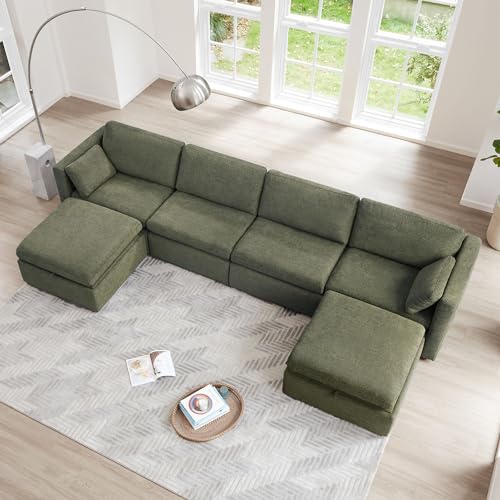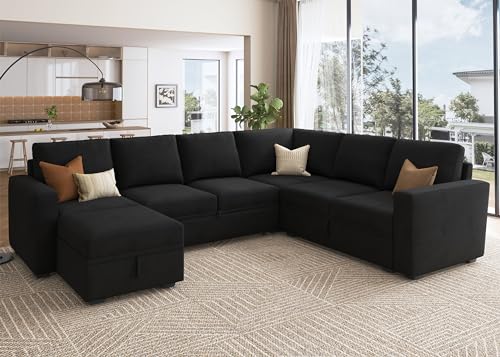Five Killer Quora Answers On What Are U Shaped Valleys
페이지 정보

본문
 What Are U Shaped Valleys?
What Are U Shaped Valleys?A U-shaped valley is an edifice of geology that has steep, high sides and an elongated or flat valley bottom. These valleys are created by glaciation. They are often filled with lakes or rivers, sandtraps along a golf course, kettle lakes (water hazards) or other natural features.
 The process of erosion caused by glacial erosion creates U-shaped valleys, caused by the plucking of rocks from the sides and bottom of the valley. These valleys are found in mountainous regions around the globe.
The process of erosion caused by glacial erosion creates U-shaped valleys, caused by the plucking of rocks from the sides and bottom of the valley. These valleys are found in mountainous regions around the globe.They are created by glaciers
Glaciers are massive bodies of ice that form and then move down mountains. When they degrade the landscape, they create U-shaped valleys that have flat floors and steep sides. These are distinct from the valleys of rivers that are typically formed in the shape of a letter V. While glacial erosion may occur in many locations however, these valleys are typical of mountain regions. In fact, they are so distinct that you can tell whether the landscape was created by glaciers or rivers.
The formation of a U shaped valley begins by forming an V shape river valley. As the glacier melts and encroaches on the V-shaped valley of the river, and forms a leather u shaped sectional-shaped inverted shape. The ice also damages the surface of the land, causing the sides of the valley to have straight and high walls. This process is referred to as glaciation, and it takes the use of a lot of force to break up the earth this way.
As the glacier continues to erode the landscape, it makes the valley more and more wide. The ice is less frictional than the rocks. As the glacier moves through the valley, it creates scratches on the rocks and pulls the weakend rocks away from the valley wall through a process called plucking. These processes combine to broaden, deepen and smooth the U-shaped valley.
These processes also cause a small side valley to be left hanging over the main valley. This valley is often filled with ribbon lakes, that are formed by water rushing through the glacier. The valley is also characterized by striations, ruts, and till on the sides, as well as moraines and till on the floor.
U-shaped valleys are found across the globe. They are most often found in mountainous areas, such as the Andes Mountains, Alps Mountains, Himalaya Mountains, Caucasus Mountains, and Rocky Mountains. In the United States, they are typically found in national parks. Examples include the Nant Ffrancon valley in Wales and Glacier National Park in Montana. In some instances the valleys can extend to coastal areas and become Fjords. This is natural process that occurs when the glacier melts and it can take tens of thousands of years for these valleys to be formed.
The depths of the ocean are deep
U-shaped valleys have steep sides that curve towards the base, and large, flat valley floors. They are formed in valleys in rivers that were filled by glaciers during the glacial era. Glaciers erode valley floors by the process of abrasion and ploughing, which makes the valley widen and deeperen more evenly than with a river. These types of features are common throughout the globe in mountainous areas including the Andes, Alps, Himalayas, Rocky Mountains, and New Zealand.
The erosion of the glacier in a valley can change it into a sofa u shape-shaped one by deepening and expanding it. The erosive force of the glacier also causes smaller side valleys to hang above the main valley which is usually marked by waterfalls. These are referred to as "hanging valleys", because they are suspended above the main valley, when the glacier retreats.
These valleys could be enclosed by forests and contain lakes. Some valleys are used for agriculture while others are flooded. Many of these valleys are located in Alaska which is the region where melting glaciers is the most prominent.
Valley glaciers are massive, flowing like rivers that slowly slide down mountain slopes. They can be as deep as over 1000 feet and are the most common type of valley erosion in regions of alpine. They eat the rocks at the bottom of the valley, leaving behind depressions and holes filled with water. The lakes that result are long and narrow and are found on the peaks of certain mountains.
Another kind of valley, a glacial trough, is a U-shaped valley that extends into salt water and forms the fjord. They can be found everywhere in the world, including Norway, where they're called fjords. They are created by melting ice and can be seen on maps of the world. They are usually distinguished by their rounded sides, which resemble the shape of a U shape in cross-section and steep sides. The trough walls are usually constructed from granite.
The slopes are steep.
A U form valley is a formation of geology with steep, high sides and a smooth bottom. They are frequent in mountainous regions and are usually carved by glaciers. This is because glaciers slow downhill and scour the land. Scientists used to believe that glaciers couldn't create a valley because they were so soft, but now we know they can make these forms.
Glaciers form distinctive u-shaped valleys through the processes of abrasion and plucking. Through erosion these processes may broaden, steepen, and deepen V shape river valleys. They also change the slopes of the valley floor. These changes occur in the front of a glacier as it moves through a valley. This is why the top of U-shaped valleys is usually larger than the lower.
Sometimes, U-shaped valleys can be filled with lakes. These are referred to as kettle lakes. They are formed in hollows that were eroded out of the rock by the glacier, or were dammed by the moraine. The lake may be a temporary feature when the glacier melts, or it may remain after the glacier recedes. They are usually associated with cirques.
Another kind of valley is a flat-floored valley. It is formed by streams that erode the soil. However it does not have a steep slope like the U-shaped ones. They are typically located in mountainous areas and can be older than other kinds of valleys.
There are many kinds of valleys across the world. Each one has its own distinct appearance. The most well-known type of valley is the V-shaped one, however there are also u shaped ottoman-shaped and rift valleys. A rift valley is formed when the earth's surface is breaking into two. These are often narrow valleys with steep sides. This is evident in the Nant Ffrancon Valley, located in Snowdonia.
There are many kinds of widespread.
u shaped outdoor sofa-shaped valleys are characterized by their wide bases, unlike V-shaped ones. Glaciers are responsible for creating these valleys, which are usually located in mountain ranges. Glaciers are massive blocks of snow and ice that alter landscapes as they slide downwards. They erode valleys through friction and erosion. This process is referred to as Scouring. As they degrade the landscape, the glaciers create a distinctive shape resembling a letter U. These valleys, often referred to as U-shaped Valleys, are able to be found in a variety of locations around the globe.
The formation of these valleys happens when glaciers alter existing valleys of rivers. The glacier's slow motion and weight degrades the valley sides and floor creating a distinct U shape. This process, referred to as glacial erosive erosion has resulted in some of the most stunning landscapes on Earth.
These valleys are often referred to as trough valleys or glacial troughs. They are all over the world, but they are particularly in regions with glaciers and mountains. They can range in size from a couple of meters to hundreds of kilometers. They also differ in length and depth. The deeper the valley, the greater the variation of temperature will be.
When a U-shaped valley is filled with water, it forms a ribbon lake or fjord. The ribbon lakes are formed in the depressions in which the glacier has eroded the less resistant rock. They may also form in valleys, where the glacier has been stopped by walls.
u shaped sectional coffee table-shaped valleys could also include other glacial features, like moraine dams, hanging valleys and Erratics. Erratics, also known as massive boulders, are deposited by glaciers as it moves. The erratics can be used to mark the boundaries between glaciated areas.
These smaller valleys are left hanging" above the main valley created by the glacier. These valleys contain less ice and are not as deep. They are formed by glaciers that tributary to the main valley and are often covered by waterfalls.
- 이전글This Story Behind Bluetooth Sex Machine Will Haunt You For The Rest Of Your Life! 24.09.18
- 다음글The Greatest Sources Of Inspiration Of Automated Backlink Builder Software 24.09.18
댓글목록
등록된 댓글이 없습니다.

